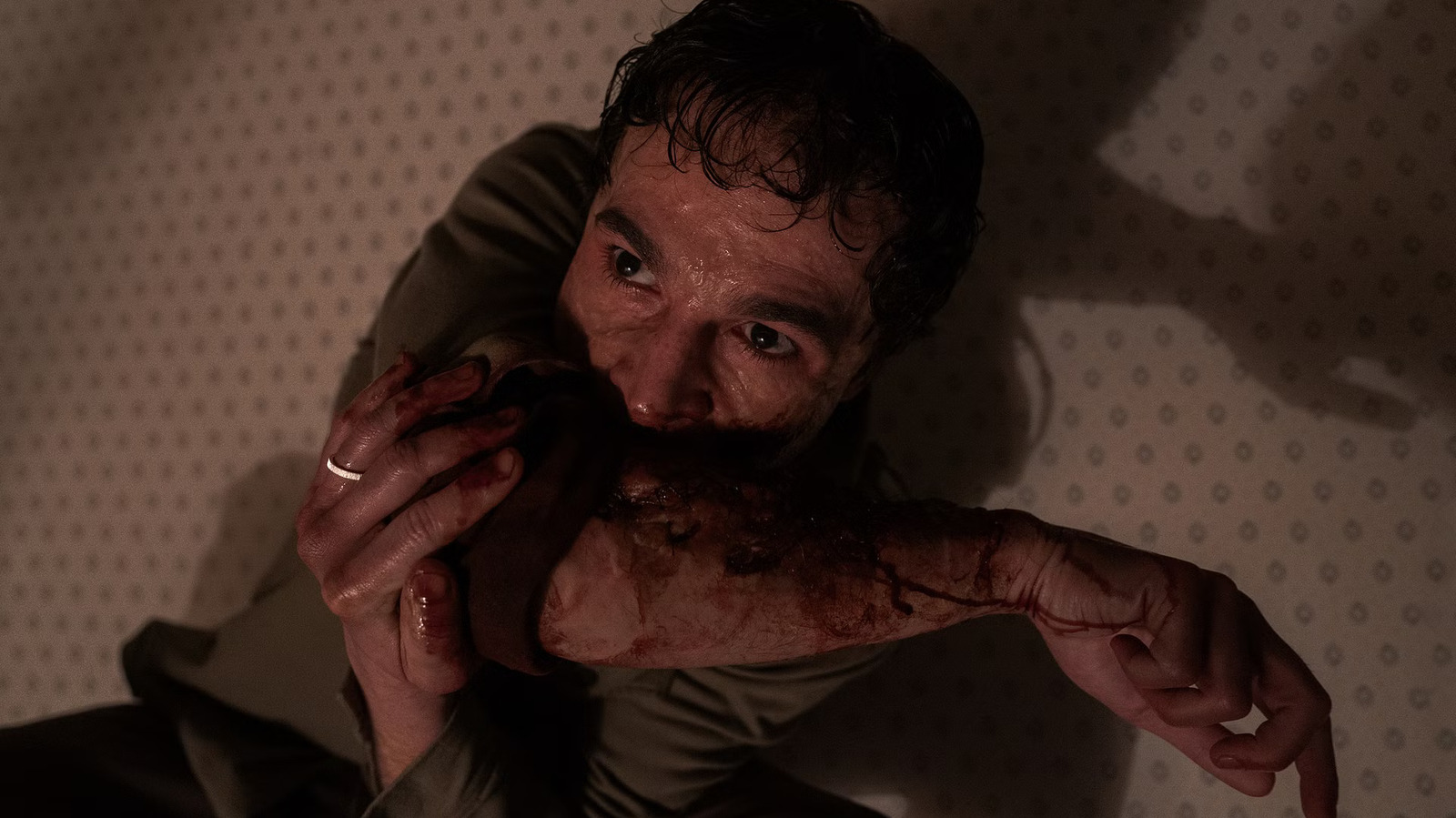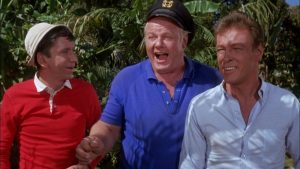
The Final Transformation of the Wolf Man: A Controversial Vision for Horror Enthusiasts
In the world of werewolf films, the transformation sequences have always captured the imagination of audiences. From George Waggner’s classic 1941 feature “The Wolf Man,” which showcased Lon Chaney Jr. slowly morphing into a wolf-like figure, to the groundbreaking effects seen in the 1981 releases “The Howling” and “An American Werewolf in London,” special makeup effects and clever film techniques have driven the excitement of these transformations. The creative use of makeup and innovative transitions have established memorable moments that continue to resonate with horror fans.
Now, Leigh Whannell’s recent entry into this genre, “Wolf Man,” is generating discussion for its unique approach to the werewolf transformation. Early glimpses of the sequence have made their way online, and while some thrill at the realism portrayed, others may find themselves longing for a more traditional, elaborate metamorphosis. The film opts for a depiction of transformation that emphasizes realism, striking a balance between human and wolf characteristics, potentially leaving those who favor the outrageous transformations of past films feeling somewhat let down.
In this interpretation of the werewolf mythos, the curse is not magical; instead, Whannell presents it as a biological virus. Christopher Abbott stars as Blake, a character who becomes infected after a werewolf attack while traveling to his deceased father’s cabin in Oregon. The virus takes hold rapidly, enhancing his senses to otherworldly levels. Intriguingly, his understanding of human language deteriorates, resulting in a bizarre disconnect with his loved ones, who begin to sound incomprehensible.
As Blake undergoes his transformation, he experiences a shift that is more unsettling than monstrous. He loses his hair and develops claw-like nails. His facial structure alters slightly, his ears take on a pointed shape, his nose appears more animal-like, and his teeth become elongated, resembling those of a predator. However, unlike in “An American Werewolf in London,” the changes are subtle, and Blake does not fully transform into a classic wolf figure. He remains a distorted version of himself rather than a full-blown creature, adhering to a more plausible, if not entirely horrific, representation.
Some horror enthusiasts may appreciate this grounded portrayal, arguing that it provides a fresh take on the genre, reflecting how true illnesses can manifest grotesquely. However, detractors might lament the absence of a thrilling visual transformation sequence that has become a hallmark in werewolf cinema. Whannell, known for his acclaimed work on “Invisible Man” and “Upgrade,” has demonstrated a knack for effective storytelling on a budget. Yet, many fans are left wondering what could have been achieved with a daring exploration of practical effects.
While it’s clear Whannell aimed to present a more rational depiction of the werewolf myth, this decision could stir polarizing reactions within the horror community. The ongoing debate over the appeal of realistic versus fantastical werewolves is bound to thrive for years, much like the long-standing discussions comparing slow zombies to their faster counterparts.
“Wolf Man” invites you to theaters, promising a reinterpretation of a well-loved monster that could just as easily enthrall as it might alienate its audience.



